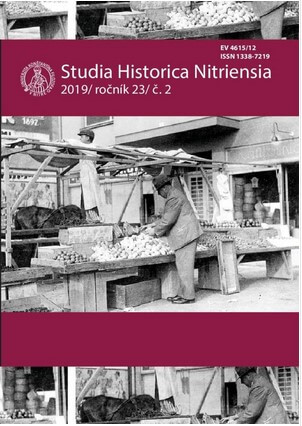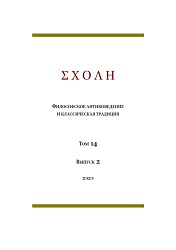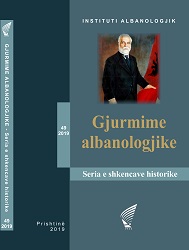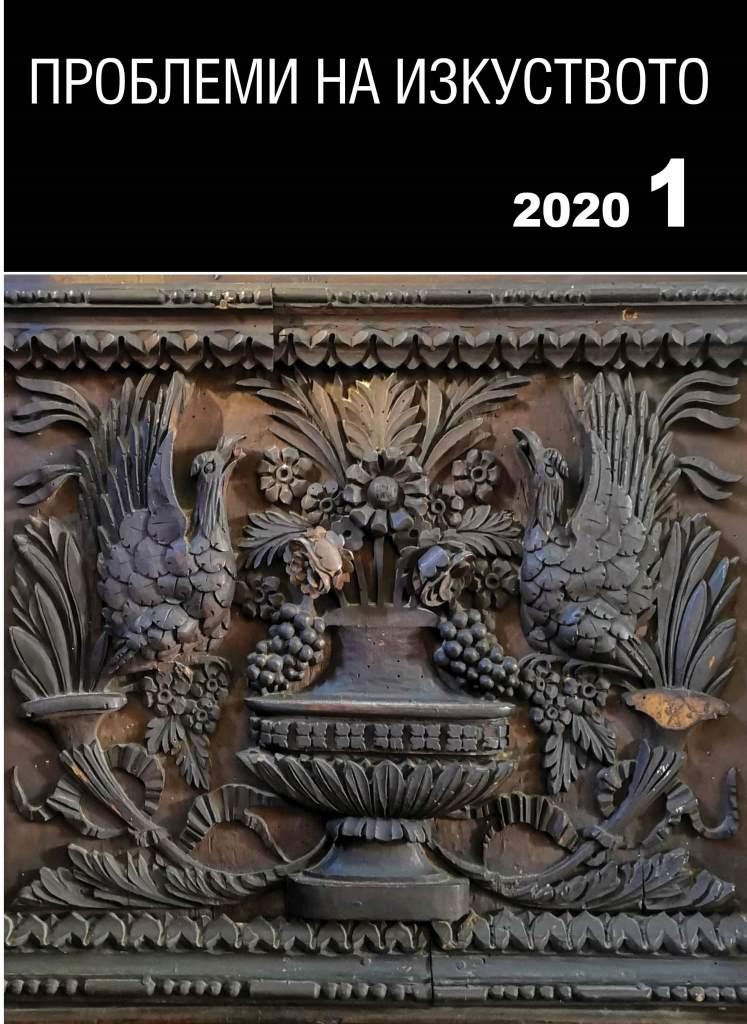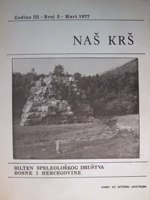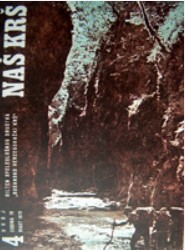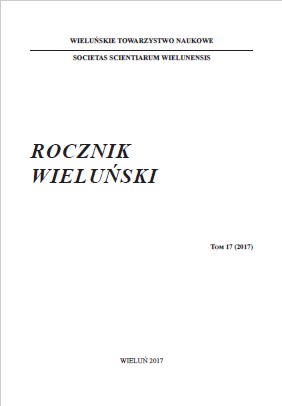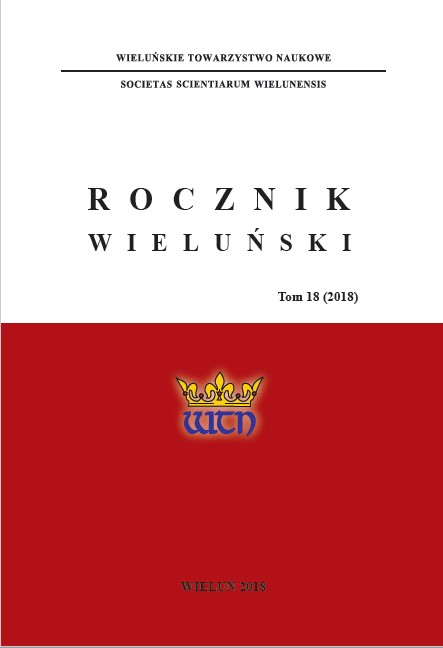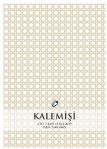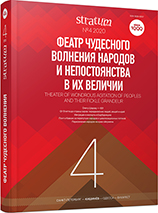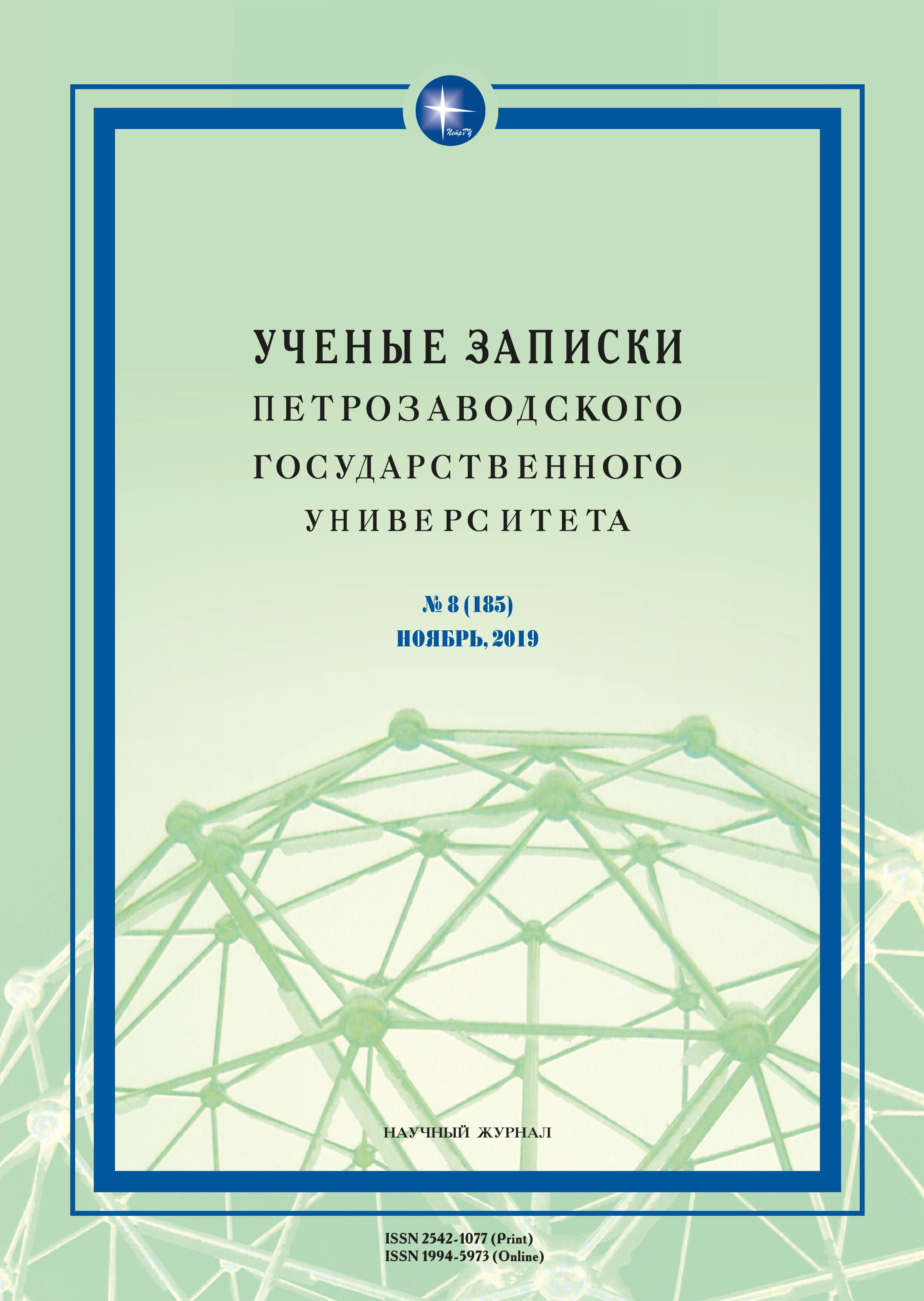
ИСТОРИЯ И АРХИТЕКТУРА ХРАМОВОГО КОМПЛЕКСА В КОСМОЗЕРЕ: ИССЛЕДОВАНИЕ ПО АРХИВНЫМ МАТЕРИАЛАМ
This article is the first study on the churches of Kosmozero Pogost, located in the centre of the Zaonezhye Peninsula. Even the only remaining monument of the Pogost - the Church of Alexander Svirsky – has not been described in detail in the literature so far. The article traces the construction history and describes the architectural features of the Church of the Assumption (1720), the Church of Alexander Svirsky (1769–1770), the bell tower and the fence of the Pogost, using the archival sources found by the author. A number of new documents from the XIX and the XX centuries from the archives of Petrozavodsk, St. Petersburg and Moscow are introduced into scientific circulation. Previously unpublished materials of the research of these monuments conducted in the XX century are involved. The article expands the knowledge of church construction in Zaonezhye in the XVIII century, and enables to compare the monuments of this period with the earlier examples of the Western Prionezhye architectural tradition.
More...
